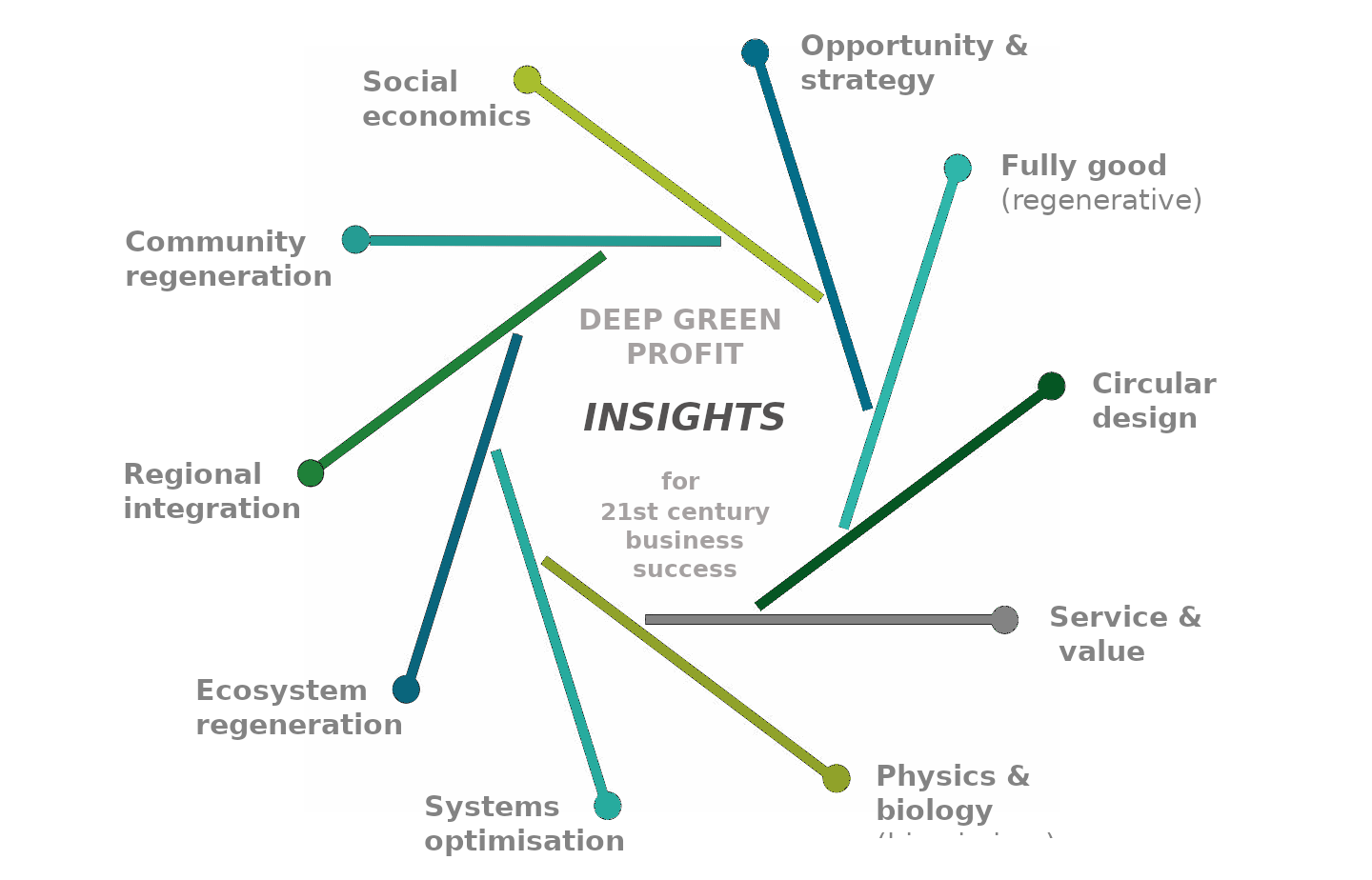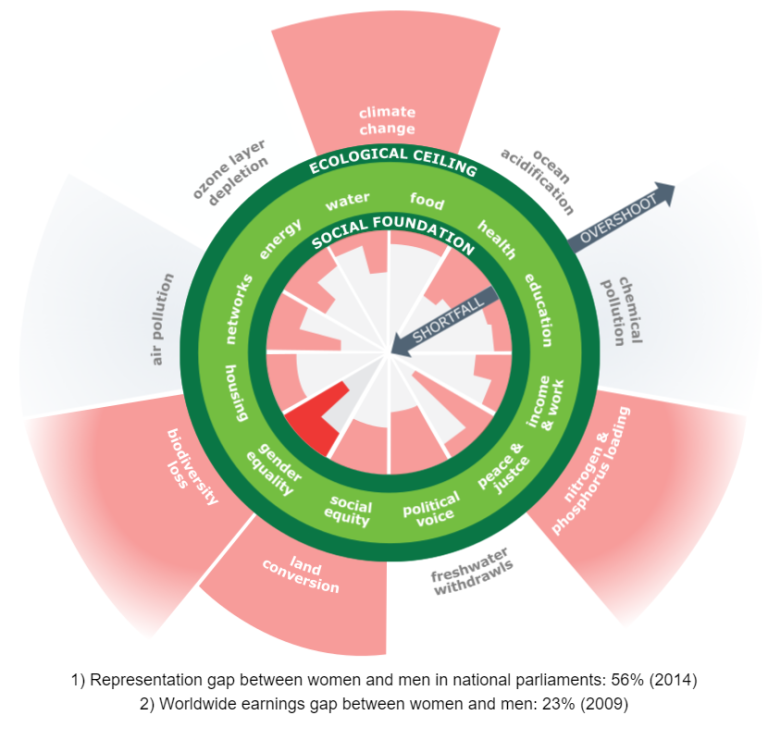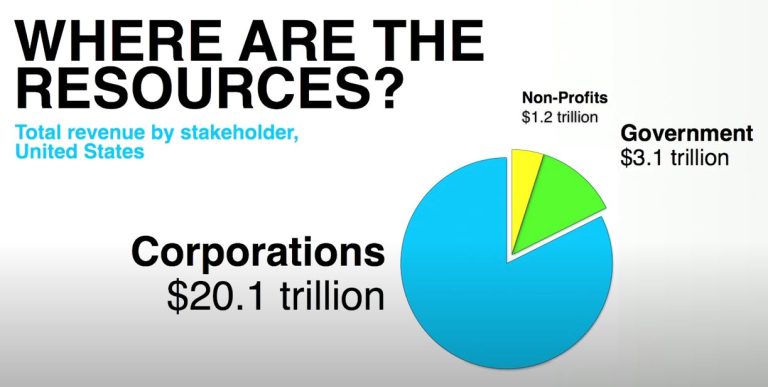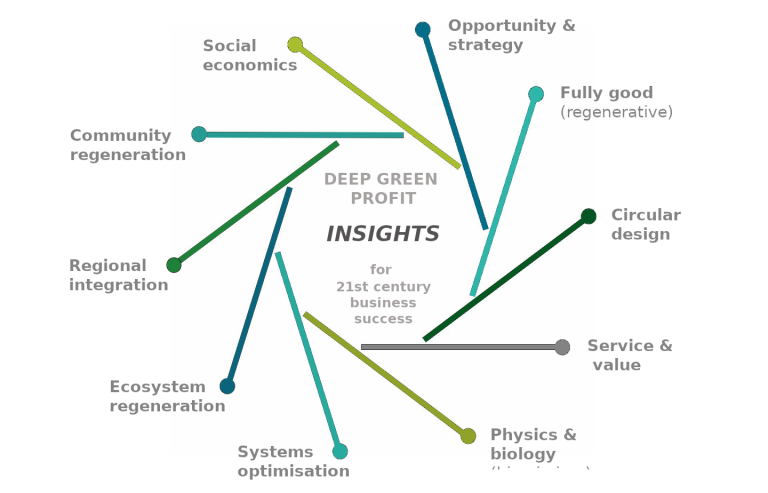Business – a wholly owned subsidiary of Nature
Once upon a time, back when I was a business analyst in an Australian pharmaceutical manufacturer, there were just two reactions when anyone said the “E” word:
- What does the Environment Protection Authority want us to spend money on NOW!!!!
- What local charity is looking for a handout this time?!?!?
As far as the day to day factory operations went, the whole business existed inside an industrial bubble that had nothing to do with nature.
The notion that you could learn something about business strategy or product innovation from “the environment” didn’t even exist. To be labelled a “tree hugging greenie” would have seriously limited the career prospects of any production engineer.
You designed your product or the basis of:
- Buy in the raw materials you needed
- Make your product
- Ship it out the door
Business is business
The source and sustainability of your materials wasn’t anything to do with you, as long as they were legal. What happened to your product at the end of it’s life was nothing to do with you.
“The environment” was left to the detail-oriented people responsible for OHS (increasingly being re-labelled EHS but given no extra resources).
The possibility that being sustainable could be “the biggest opportunity since the invention of money” would have been laughed out of both the board room and the engineering department.
Beyond compliance and altruism – opportunity!!!
Most people aren’t aware that – at an increasing rate since the 1990s – leading business innovators have been doing well BY doing good.
Mainstream global production has defaulted forwards using 19th century 1-way, mine/make/use/dump supply chain design principles – increasingly dodgy principles that treat nature as an infinite, inexhaustible commodity.
Meanwhile, the world’s top thought leaders and entrepreneurs have been developing a whole new field of business innovation – innovation built around designs that regenerate the ecosystems and communities within which business operates.
They come with names like Natural Capitalism and Doughnut Economics. And they offer a design perspective that uncovers new value.
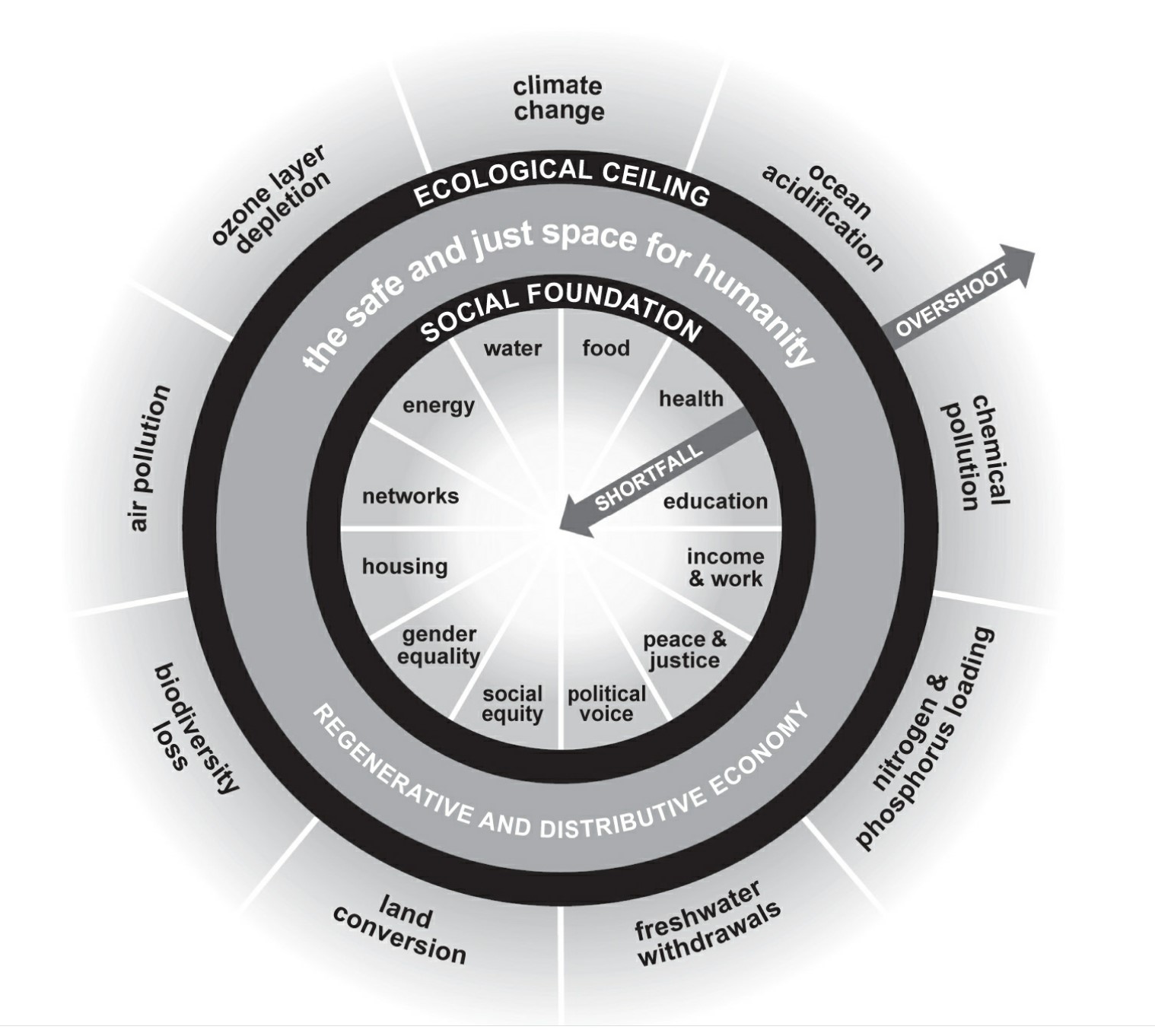
Kate Rawworth, Doughnut Economics
What they’re increasingly proving is that products, systems and processes that use renewable inputs and regenerate their surrounding ecosystems are just plain better!
They are inherently cleaner, smarter, safer, more imaginative, less wasteful and more profitable than 20th century practices based on 19th century design. And making them happen is creating a whole new level of “employee engagement”.
So once they’re fully scaled, they build bottom line value.
Post-production sustainability can only be expensive
A lot of businesses do “sustainability” last. They design their product or develop their service with a minimum of environmental considerations.
They accept standard waste and cost it into the production process – which makes it invisible. When their product is all ready to go, THEN they try and retrofit sustainability.
That’s like building a Model-T Ford and configuring it’s production line THEN testing it in a wind tunnel to improve its aerodynamics.
Design for regeneration – and you regenerate business
Designing products, services and business models with a long term goal of regenerating ecosystems and communities can spark a whole new level of innovation. It takes us out of business-as-usual thinking and tends us towards a whole-systems perspective.
How could you redesign what you do so that it actively regenerative? How could you re-imagine your business to become active as:
- a carbon sink rather than emitter?
- filtering and cleansing water rather than polluting it?
- restoring your local natural environment?
- creating habitat for local wildlife?
It’s only natural – and The Natural Step is the starting point for rethinking business.
If you’re seeking to be regenerative then your business strategy includes:
- Reducing/preventing/reversing the build up of concentrations of substances from the earth’s crust in nature
- Reducing/preventing/reversing the concentration of substances produced by society in nature
- Reducing/preventing/reversing physical degradation of natural systems
- Reducing/preventing/reversing structural obstacles to people’s health and well-being.
These can feel like big, improbable goals – but it’s big, improbable goals that generate creative thinking and collaboration.
Where can you look for opportunity?
As we discussed in a previous post, there are 4 levels of opportunity to scan for:
- Your regular product/process maintenance and improvement
- Your product/process upgrades
- Function improvements
- Systems innovation
Classic examples from global sustainability leader Interface Carpets include:
- A systems innovation where they extracted methane from a local landfill to power a manufacturing plant, reducing GHG emissions and increasing community health.
- A production process upgrade where they eliminated toxic dyes from their carpet tile manufacturing by switching to multi-color yarn tufting instead of printing with toxic dyes.
- A product design change where they used the random patterns of a forest floor to create carpet tiles that could be used anywhere in a pattern, reducing tile wastage.
Some more recent examples include:
- Maersk has deployed robots to clean the hulls of its container ships. This process upgrade reduces fuel consumption, GHG production, reduces marine pest transfer AND will enable their planned transition to hydrogen fuel.
- Totally Renewable Yackandandah started with the goal of powering one country village and is now a retailer targeting the whole of north eastern Victoria, both reducing regional emissions and keeping wealth in the local economy
.
Cleaner, smarter and safer is good for bottom lines – and so is “greener”
Industry has proved repeatedly over the past century that designing in quality and safety are more profitable in the long term than trying to retro-fit them.
Designing for environmental sustainability has the same sort of potential benefit – IF it’s done strategically and consistently.
Industry operates inside and is fundamentally dependent on ecosystems.
In the 21st century, we now recognise that ecosystems are closed and finite systems – and that “what goes around comes around”.
It’s no longer just “out-there” entrepreneurs – but the businesses that deliver the technologies that enable us to do business today.
In 2017, Apple committed to 100% recycled material while Google’s parent company launched startups in renewable geothermal energy and Smart Cities. Dell and General Motors announced a collaboration to create an Ocean Plastics Supply Chain.
In 2019, Google, Ford and Microsoft joined Interface and others in Biomimicry 3.8’s Project Positive – a group of change agents exploring ways to actually be generous to the ecosystems, employees, and communities in which they operate
We have the technology – and an increasing list of business reasons – to design products, processes and services so that they enable the regeneration of ecosystems.
Don’t miss out on your opportunities because you’ve been habituated into thinking that “environment is a government responsibility”.
Sources and resources
Kate Raworth’s videos explaining Doughnut Economics are excellent.
The Natural Step principles that drove Interface’s Mid Course Correction and led to the development of Natural Capitalism and Biomimicry are explained on their website.
In their first 12 years of “climbing Mount Sustainability” global corporation Interface put $393,000,000 on their bottom line. A key player in their shift was an “ordinary” research associate.

